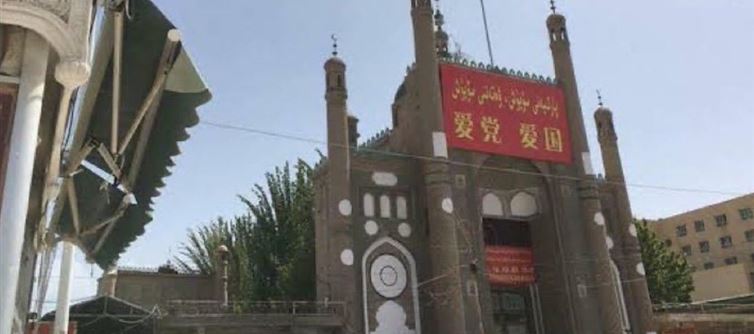
China officially denies allegations of forced demolitions and claims that the removal of mosques and religious symbols is part of broader efforts to ensure public safety, urban renewal, or what it calls the “Sinicization” of religion—a policy aimed at aligning religious practices with state-defined Chinese cultural norms. Authorities argue that these projects are necessary to modernize infrastructure and prevent the spread of extremism. However, critics, including human rights organizations and foreign governments, view this as a systematic campaign to suppress the religious and cultural identity of the Uyghur Muslim population. In their eyes, what china calls modernization is, in fact, cultural repression under the guise of urban planning.
The broader implications of these actions go beyond the destruction of buildings—they speak to a deeper strategy of control and assimilation. The loss of mosques, Islamic schools, and religious symbols, combined with the reported internment of over a million Uyghurs in re-education camps, reflects a concerted effort to weaken communal cohesion and spiritual life in Xinjiang. While china frames these moves as necessary for stability and development, the international community increasingly sees them as part of a larger pattern of cultural genocide. The destruction of the Tokul mosque and its replacement with a public toilet has become a potent example of how far a state might go to erase a people's identity under the banner of progress and national unity.




 click and follow Indiaherald WhatsApp channel
click and follow Indiaherald WhatsApp channel